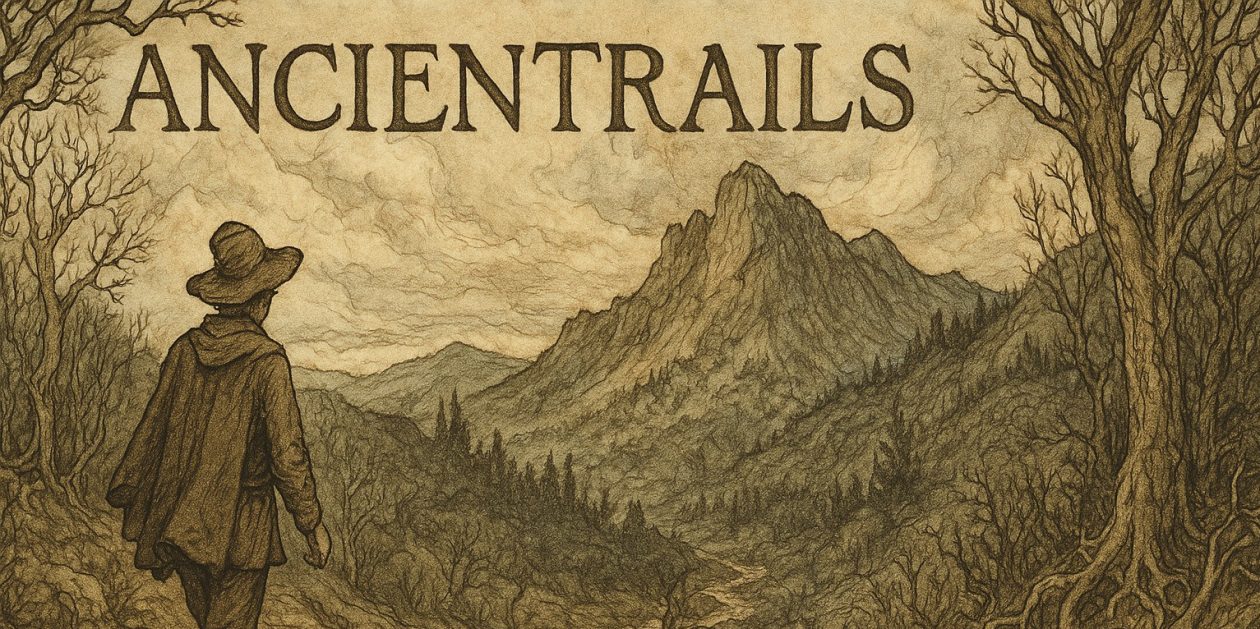Spring Moon of the Southern Cross
Valparaiso, Chile 33 degrees 2 minutes S 71 degrees 4 minutes W
We sailed through choppy seas last night, 7-10 foot swells, but my stomach weathered them. Maybe I’ve got my sea legs?
A few things I forgot about yesterday that got lost in my recounting of the fate of the universe.
The four meter telescope and its pier, sunk down to bedrock, weighs 670 tons. The telescope itself weighs 360 tons and has to turn in small graduate movements over long periods of time to keep track of the sky. The whole telescope with its 12 foot + mirror rests in a gigantic gimbal which required constant lubrication. Precision and these kind of weights are a test of engineering prowess.
We were up in the Andes at Cerro Tololo, but to get to them we crossed a softer, more rounded range of coastal mountains, a much older range than the Andes, I imagine, so a large portion of the Elqui valley sits between the Andes and the coastal mountains.
Villages in the Elqui valley practice what they call astronomical tourism. One spot, a more upscale version, is Los Domos, the domes. It has, as you might expect, domes for rent. They’re of a clear material and the domes open. Los Domos will rent you a telescope so you can watch the stars from your bed. Another place has a setup for serious amateur astronomers who want to set up their own telescopes. If you ever want to combine a pleasant vacation with casual or determined star gazing, the Elqui valley offers a charming location, with plenty of wine and pisco to get you through the daylight hours.
When asked about Chilean attitudes toward mining (hard rock mining for copper, manganese, silver and gold), our guide said, after a bit hesitation, “Well, we live off it. Mining, fishing and agriculture are the three legs of our economy.” But what about the environmental consequences? “A gold mine shut down over a 7 year process that involved lots of care for the environment.” My sense? Folks in Chile don’t want to know too much about the effects of hard rock mining on their country.
They must not because fishing and agriculture are both downstream from the big copper mine further up the Elqui valley. Also, when asked about underground water, she said, “Well, we get most of our water from the reservoir and that’s enough for agriculture and residential uses. The underground water gets used by the mines.”
Again, an instance where an export, this time copper, lays waste to a region’s precious aquifers, just like we’ve done to the Oglalla aquifer under most of the plains states. Depending on recharge rates for the aquifers, usually in the hundreds of thousands, if not millions, of years, this is an essentially limited resource, once it’s gone, it’s gone. Not to mention that groundwater pollution up stream will pollute the aquifer, too.
Chile today is a relatively prosperous and stable country, but it has two economic engines that face trouble in the years ahead. At some point the metals will no longer be economically viable to mine. Ocean fishing is under tremendous pressure all round the globe with yearly catches of the most commercially important fish like cod, tuna and salmon beginning to wane.
A positive point lay in the material stacked up on the dock in Coquimbo. The very long blades and the city bus sized nacelles for a large wind farm being built south of Coquimbo. It will supply about ¼ of the regions electricity.
I’m heading out to check out Valparaiso. Check on you later.
